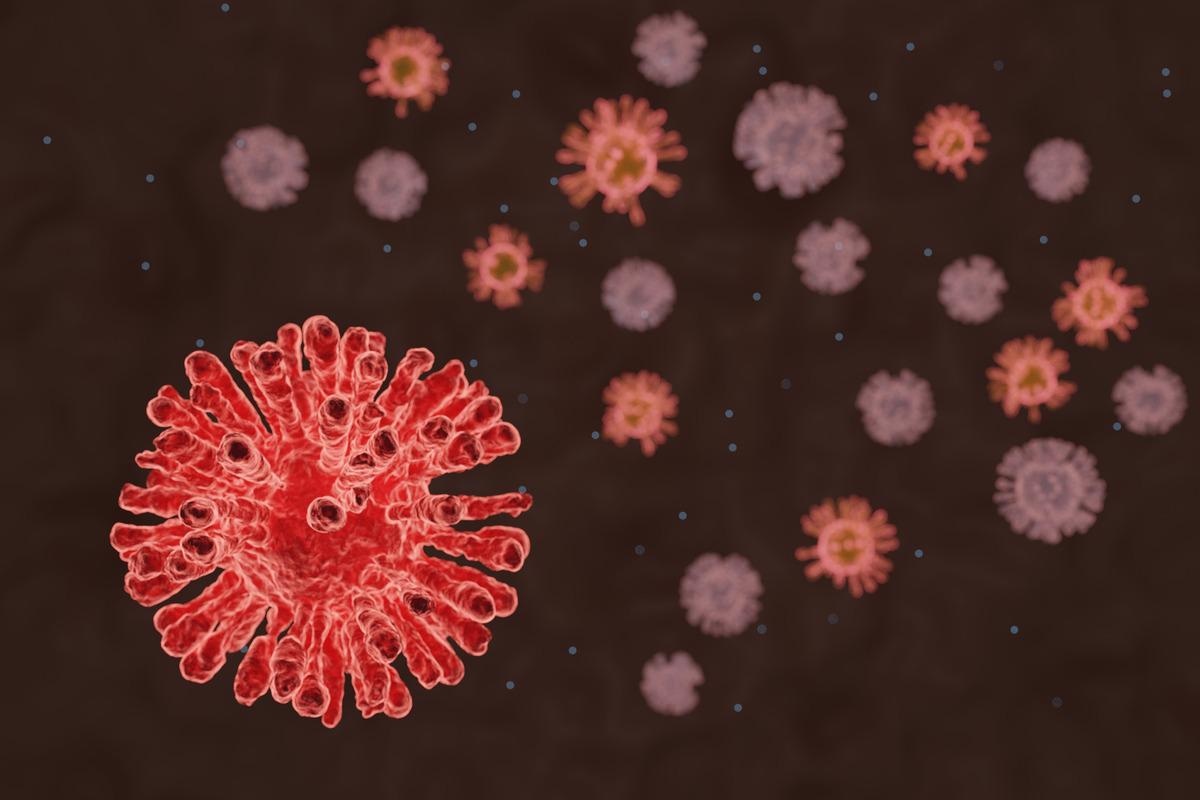The coronavirus disease 2019 (COVID-19) pandemic spread across the world in 2020 and has since caused over 6.2 million mortalities. While many developed nations have largely recovered from the pandemic, there are still significant numbers of cases in nations that have not been able to acquire sufficient vaccine doses.
 Study: Spherical neutralizing aptamer suppresses SARS-CoV-2 Omicron escape. Image Credit: Sutthituch/Shutterstock
Study: Spherical neutralizing aptamer suppresses SARS-CoV-2 Omicron escape. Image Credit: Sutthituch/Shutterstock
Part of the difficulty in preventing the disease is the emergence of new variants - which can more easily escape existing immunity and are more resistant to treatment. Researchers from Xiamen University have created a new treatment that is less likely to be affected by mutations in the receptor-binding domain of severe acute respiratory syndrome coronavirus 2 (SARS-CoV-2).
The study
Three neutralizing aptamers, CoV2-1C, CoV2-4C and CoV2-6C3, were chosen, as these had nonoverlapping epitopes on the SARS-CoV-2 receptor-binding domain (RBD) that would reduce the risk of mutation-induced neutralization escape. The binding performance of these three aptamers was investigated and measured through flow cytometry. All three aptamers showed some binding capacity to Omicron-RBD beads, with CoV2-4C and CoV2-6C3 showing the strongest fluorescence, but all aptamers could tolerate the changes to the Omicron RBD.
Cross-competition experiments suggested less than 30% interference between the aptamers, likely as a result of interaction with non-overlapping epitopes. Following this, the simulated aptamer binding RBD amino acids were compared with 15 mutations on the Omicron RBD, revealing that the interaction between CoV2-6C3 and the RBD involves two consecutive binding fragments, and it was predicted to bind with one shoulder of the RBD that overlaps with the binding interface of angiotensin-converting enzyme 2 (ACE2), including Phe486. Mutations are rarely seen in Phe486, as it is critical to spike-ACE2 binding. The epitopes of CoV2-4C were predicted to overlap with the ACE2-RBD bridge interaction, while the CoV2-1C aptamer epitopes likely overlap with areas near mutations on the Omicron RBD.
5-nm gold nanoparticles were used as the scaffold for the neutralizing aptamer cocktail assembly, as these were similar sizes to the trimeric-RBD, and could provide multivalent binding and neutralization. The SNAP conjugates that would be formed on these scaffolds have slightly larger diameters than the bare nanoparticles, allowing them to be differentiated using transmission electron microscopy and dynamic light scattering. With 50 aptamers loaded on each SNAP, strong SNAP-Omicron RBD interactions can occur with improved neutralization by the multivalent effect. Simultaneous binding against distinct epitopes results in 3.5-4.7 times greater binding against RBD-beads compared to sequentially modified gold nanoparticles. The SNAP conjugate had a Kd value against the Omicron RBD-bead of 13.6pM - which is up to 5 orders of magnitude higher than the average neutralizing antibody and 650-fold higher than the binding affinity of the Omicron RBD to ACE2.
Following this, pseudotyped Omicron virus expressing the Omicron spike protein and a GFP reporter was used to test the neutralization effects of the SNAP system. Individually, CoV2-4C, CoV2-6C3 and the aptamer cocktail without the scaffold could protect 53.22%, 50.74% and 65.53% of ACE2-transfected cells from infection - significantly greater than the average commercial neutralizing antibody. When loaded onto the scaffold, the SNAP system could protect over 98% of the cells from infection. The binding of SNAP to the spike pseudotyped virus was verified by transmission electron microscopy. SNAP was also tested for cell cytotoxicity on ACE2 -transfected 293 T cells, showing no obvious negative effects on the cells.
Finally, the inhibition effect was found to be greatly improved following the modification of the aptamer on gold nanoparticles. This is believed to be a result of synergistic benefits of steric hindrance from the nanoscaffold and the binding of the cocktail aptamer. While two of the individual aptamers bound to nanoparticles could achieve ~90% cell protection, the aptamer cocktails almost always provided the best neutralization potency against both Omicron and wild-type SARS-CoV-2. The SNAP conjugates have shown strong neutralizing activity against the pseudotyped Omicron virus and can tolerate clustered mutations - preventing easy mutational escape by the virus.
Conclusion
The authors have developed a powerful tool against the Omicron variant of SARS-CoV-2, and created a new method that could likely be adapted to help work against any future variants. While many previous treatments have been rendered significantly less effective by mutations in the RBD, the SNAP strategy has mechanisms by which to prevent this from easily occurring, and while further testing and clinical trials are required, this could easily become a successful method for the development of new treatments against new variants and any potential future pandemics.